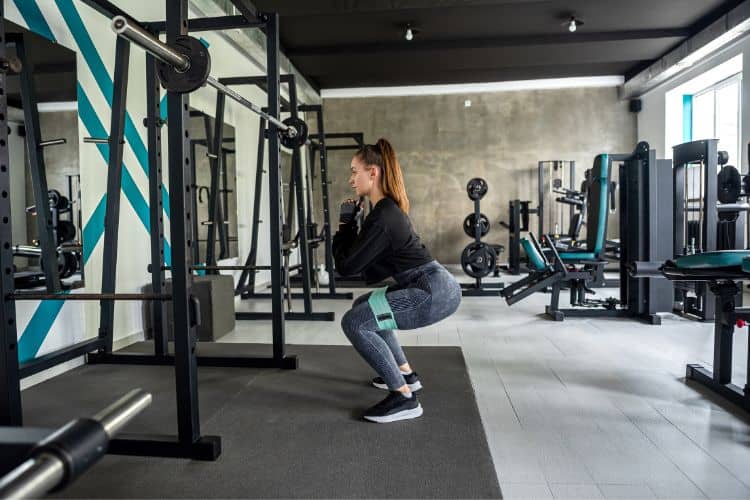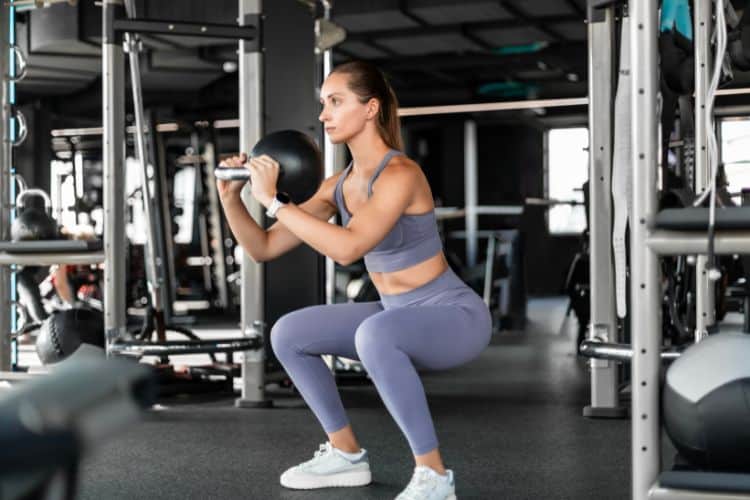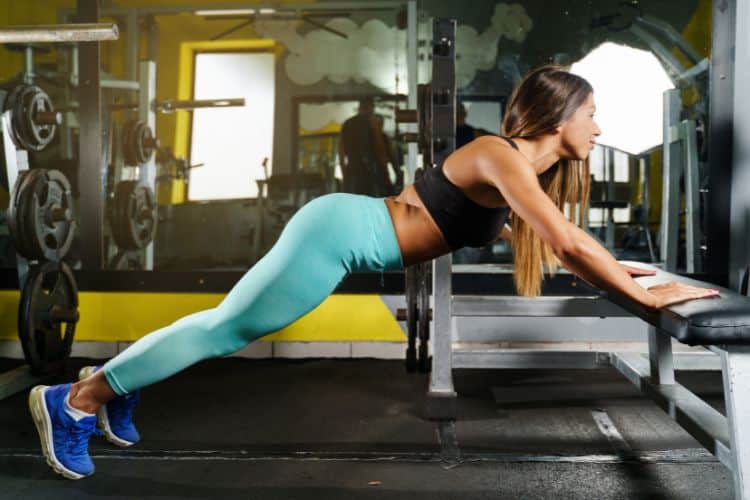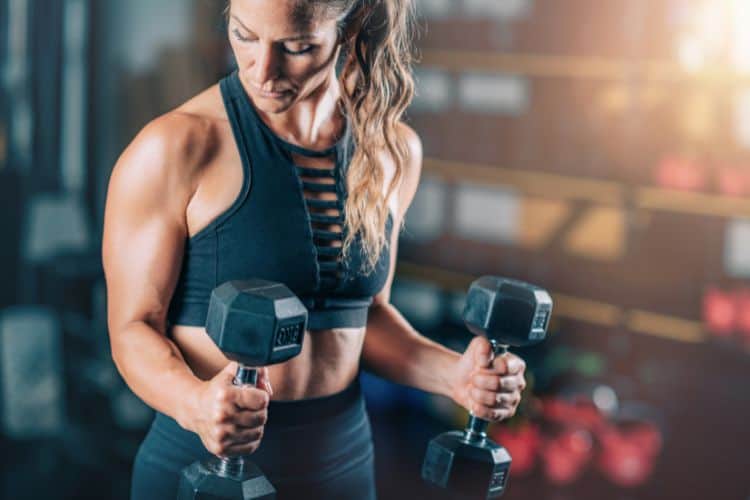Full Body Workouts for Over 50 Stay Strong and Fit at Any Age
Staying active becomes even more essential as we age, especially after 50. Full body workouts tailored for individuals over 50 help preserve muscle mass, improve cardiovascular health, enhance flexibility, and promote overall well-being. If you’re looking to stay fit, maintain your independence, and feel more energized every day, incorporating regular strength and cardio-based full body workouts is the key.
In this guide, we’ll cover effective and safe full-body workouts for those over 50, including routines, benefits, tips for injury prevention, and a weekly workout plan to get you started.
Why Full Body Workouts Are Essential After 50
Aging naturally leads to muscle loss (sarcopenia), decreased bone density, and a slower metabolism. But with the right exercise regimen, you can significantly slow down or even reverse some of these effects.
Key Benefits of Full Body Workouts for People Over 50
- Maintain muscle mass and strength: Strength training stimulates muscle growth, even in older adults.
- Improve cardiovascular health: Regular full body movement boosts heart health and circulation.
- Enhance joint mobility and flexibility: Dynamic exercises support joint health and reduce stiffness.
- Prevent injuries and falls: Better balance and core strength reduce fall risk.
- Boost metabolism and energy levels: More muscle mass equals a faster metabolism.
- Support mental health: Exercise releases endorphins that help reduce anxiety and depression.
Safety Tips Before Starting a Full Body Workout Program Over 50
Before jumping into a new fitness routine, it’s important to take precautions:
- Consult your doctor: Especially if you have chronic conditions or joint issues.
- Warm up properly: A 5–10-minute warm-up reduces injury risk and prepares your body.
- Focus on form, not speed: Proper technique is crucial for injury prevention.
- Use light to moderate weights: You don’t need heavy lifting to see results.
- Stay hydrated and listen to your body.
- Rest and recover: Ensure at least one rest day between strength sessions.
Best Types of Full Body Workouts for Over 50
Here are the most effective and senior-friendly styles of full-body workouts:
1. Bodyweight Workouts
These exercises use your own body as resistance and are gentle on the joints.
Sample Routine:
- Squats – 2 sets of 10–12 reps
- Wall Push-ups – 2 sets of 10 reps
- Bird Dogs – 2 sets of 10 reps each side
- Glute Bridges – 2 sets of 12 reps
- Seated Knee Extensions – 2 sets of 12 reps each leg
2. Resistance Band Workouts
Resistance bands are excellent for strength training without joint strain.
Sample Routine:
- Resistance Band Rows – 2 sets of 12
- Standing Chest Press – 2 sets of 12
- Band Side Steps – 2 sets of 10 per side
- Overhead Press – 2 sets of 10
- Banded Leg Curls – 2 sets of 12
3. Light Dumbbell Strength Training Over 50 Full Body Workout
Incorporating dumbbells improves strength and bone density.
Sample Routine:
4. Chair-Based Workouts
For beginners or those with mobility concerns, chair exercises are effective and safe.
Sample Routine:
- Seated Arm Circles – 2 sets of 15
- Chair Marches – 2 sets of 30 seconds
- Seated Shoulder Press – 2 sets of 12
- Chair Squats – 2 sets of 10
- Seated Knee Lifts – 2 sets of 12
5. Low-Impact Full Body Cardio Workouts For Over 50
Cardio boosts heart health and endurance without stressing joints.
Examples:
- Brisk walking
- Water aerobics
- Cycling
- Elliptical machine
- Step aerobics (low impact)
Aim for 20–30 minutes of cardio 3–5 days a week.
Weekly Full Body Workout Plan for Over 50
Here’s a balanced weekly workout schedule combining strength, flexibility, and cardio:
Day 1: Full Body Strength Training
- Bodyweight squats – 2×12
- Wall push-ups – 2×10
- Resistance band rows – 2×12
- Glute bridges – 2×12
- Seated knee extensions – 2×12
- Light stretching – 5 minutes
2: Low-Impact Cardio + Core
- Brisk walk – 30 minutes
- Bird dogs – 2×10 per side
- Seated leg lifts – 2×12
- Plank (on knees) – Hold for 20 seconds
- Cooldown stretch – 5 minutes
3: Active Recovery or Yoga
- Gentle yoga or stretching session – 20–30 minutes
4: Full Body Resistance Band Workout
- Resistance band chest press – 2×12
- Band side steps – 2×10 per leg
- Standing rows – 2×12
- Banded leg curls – 2×12
- Seated arm raises – 2×10
5: Cardio and Mobility Work
- Cycling or water aerobics – 25–30 minutes
- Mobility drills: arm circles, leg swings, neck rolls – 5 minutes
- Calf raises and heel-to-toe walks – 2 sets
6: Dumbbell Strength Circuit
- Dumbbell deadlifts – 2×10
- Goblet squats – 2×8
- Dumbbell shoulder press – 2×10
- Dumbbell chest press – 2×12
- Seated bicep curls – 2×12
7: Rest or Gentle Movement
- Light walk or stretching session – 20 minutes
Core Strength and Balance Exercises for Seniors
Core and balance workouts help prevent falls and enhance mobility.
Add 1–2 of these to your daily routine:
- Heel-to-toe walk
- Standing on one leg (with support)
- Side leg raises
- Seated torso twists
- Marching in place with arm swings
Stretching and Flexibility for Recovery
Maintaining flexibility is critical to preventing stiffness and enhancing recovery.
Daily Stretching Routine:
- Neck stretch – 30 seconds each side
- Shoulder rolls – 10 reps
- Seated hamstring stretch – 30 seconds per leg
- Calf stretch against a wall – 30 seconds per leg
- Cat-Cow stretch – 10 reps
Nutrition Tips to Support Fitness After 50
Exercise alone isn’t enough—your body needs proper nutrition to build strength and recover well.
Focus On:
- High-quality protein: Chicken, eggs, fish, tofu, legumes
- Healthy fats: Avocados, olive oil, nuts, seeds
- Complex carbs: Sweet potatoes, brown rice, oats, quinoa
- Hydration: Drink water consistently throughout the day
- Calcium and vitamin D: For strong bones (e.g., dairy, leafy greens, fortified foods)
Frequently Asked Questions About Over 50 Full Body Workouts
Can I build muscle after 50?
Yes! With consistent strength training and adequate protein intake, you can build and maintain muscle mass well into your 70s and beyond.
How many times a week should I work out after 50?
Aim for at least 3–5 days a week combining strength, cardio, and flexibility. Ensure 1–2 rest or active recovery days.
What if I have arthritis or joint pain?
Stick to low-impact exercises like swimming, chair workouts, resistance bands, and walking. Avoid high-impact moves that stress your joints.
Is strength training safe for seniors?
Yes, when done with proper form and appropriate weight. Strength training improves muscle tone, bone density, and overall stability.
Aging Strong Starts with Movement
Turning 50 doesn’t mean slowing down. In fact, it’s the perfect time to prioritize your fitness and well-being. A full body workout routine tailored for people over 50 supports strength, flexibility, energy, and independence for years to come.
Whether you’re new to fitness or returning after a break, start small, stay consistent, and celebrate every step forward. Remember, it’s never too late to get stronger, healthier, and more confident in your body.
Want more effective workouts?
Subscribe to our blog or follow us on Pinterest for new routines, challenges, and fitness tips!
Most Recommended





